Reinforced Exposed Concrete Bridge in Georgia
With Carbon Fiber Strip
The corrosion of steel bars in Georgian bridges has caused varying degrees of damage to concrete bridges, affecting their normal use and reducing their performance and lifespan. Solution: high-pressure rotary jet grouting reinforcement method+carbon fiber reinforcement method
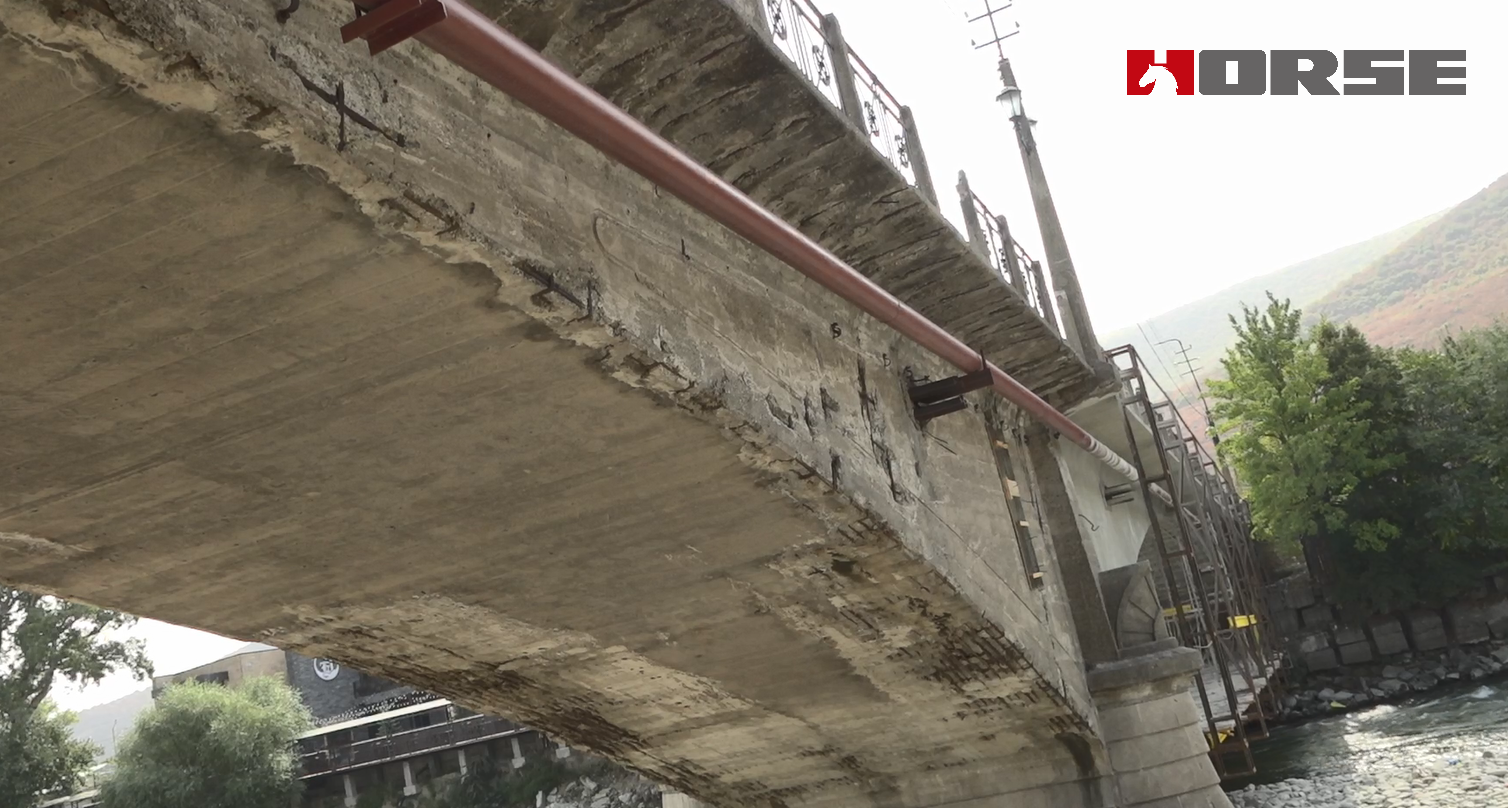
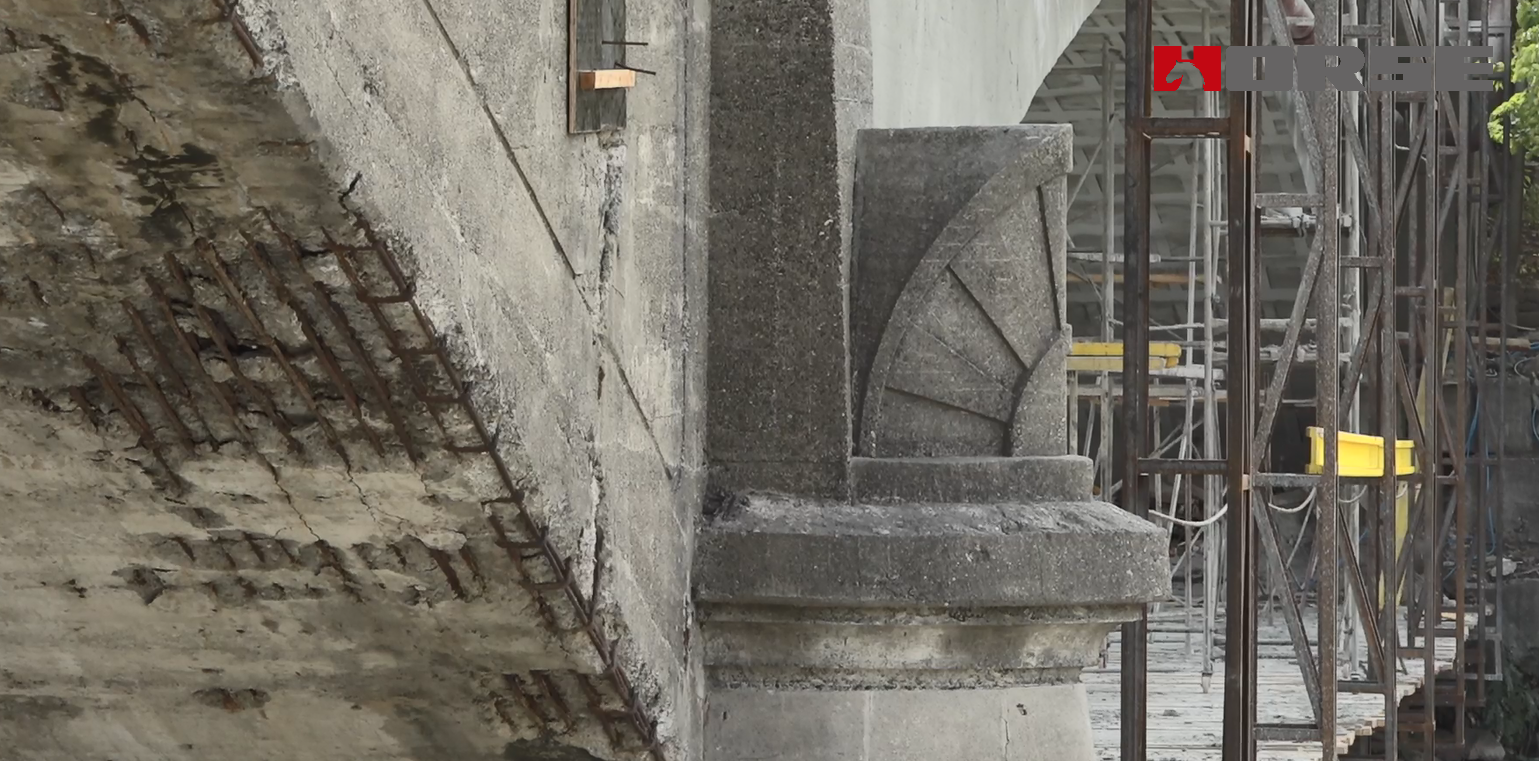
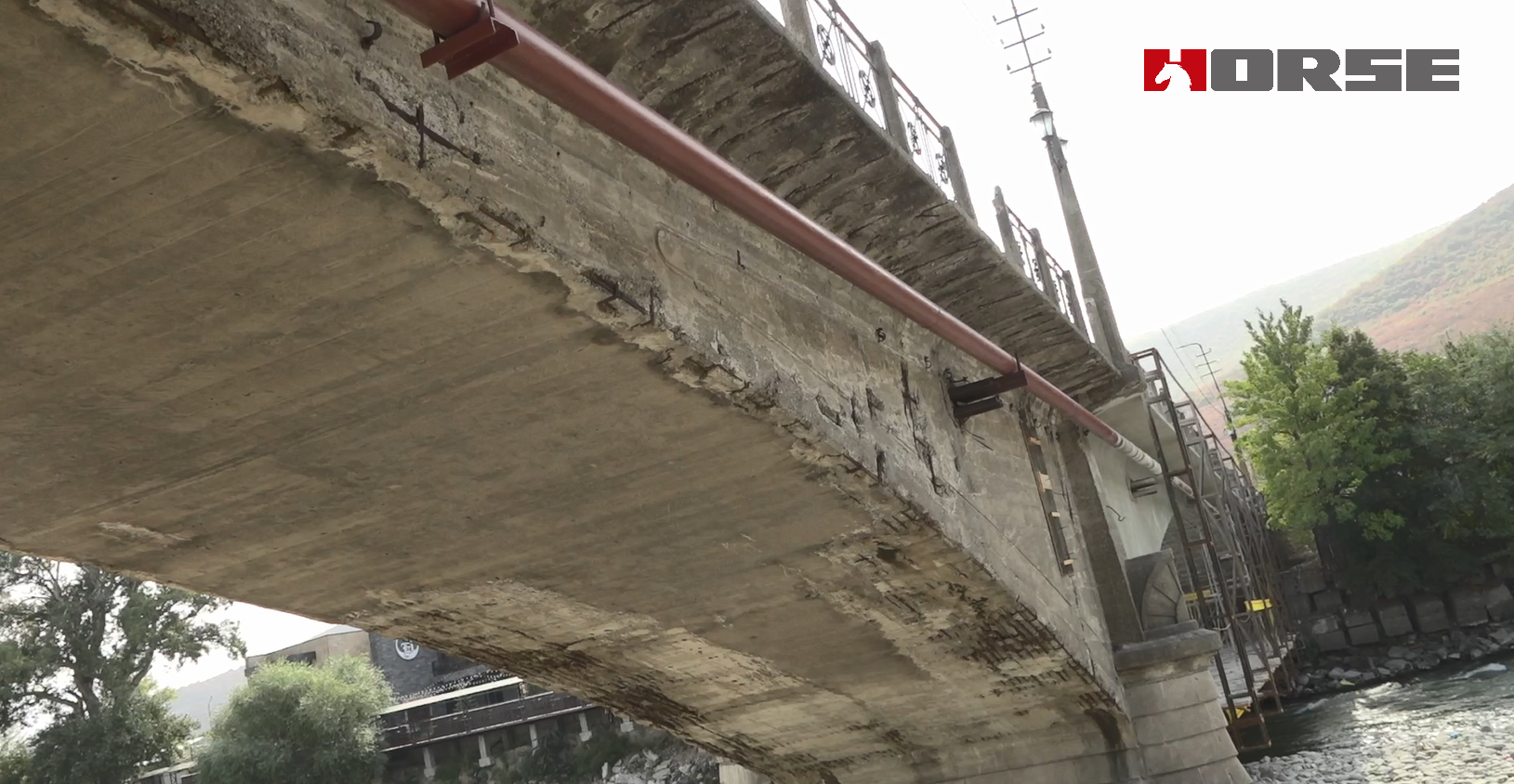
The corrosion of steel bars in Georgian bridges has caused varying degrees of damage to concrete bridges, affecting their normal use and reducing their performance and lifespan.
What is steel corrosion?
Steel corrosion is an important factor affecting the lifespan and safety of bridge structures. Corrosion of steel bars refers to the occurrence of electrochemical reactions in the steel bars. The dense oxide film on the surface of steel bars can prevent corrosion. The destruction of the oxide film directly leads to the occurrence of corrosion. There are two types of steel corrosion: one is caused by the thin protective layer or exposed reinforcement; Another type is the corrosion of steel bars caused by concrete cracking, that is, cracking first and then rusting. The volume expansion caused by corrosion of steel bars leads to concrete cracking or surface concrete falling off in blocks, which first rust and then crack. In general, there is rarely a situation where the main structure undergoes rust before cracking, but its auxiliary structures such as collision walls are quite common. The survey shows that some anti-collision walls have almost no protective layer on the inner steel mesh, and the steel bars are severely corroded under the influence of atmospheric environment. Due to the corrosion of steel bars, the surface concrete cracks or even falls off in blocks. The cracking or falling off of concrete exposes the steel bars that were originally under the concrete protection layer to the air, which is a vicious cycle. If maintenance and repair are not carried out, the harm of this disease to the bridge cannot be ignored. If the protective layer is too thin or the reinforcement is exposed, the problem does not appear too prominent for a few years after the completion of the bridge, and it has even been neglected until long-term atmospheric action causes serious corrosion of the reinforcement before attention is paid, and then manpower and material resources are spent on maintenance. From this, it can be seen that corrosion of steel bars poses a serious threat to bridge structures, and can also be considered a fatal injury.
Solution: high-pressure rotary jet grouting reinforcement method+carbon fiber plate reinforcement method
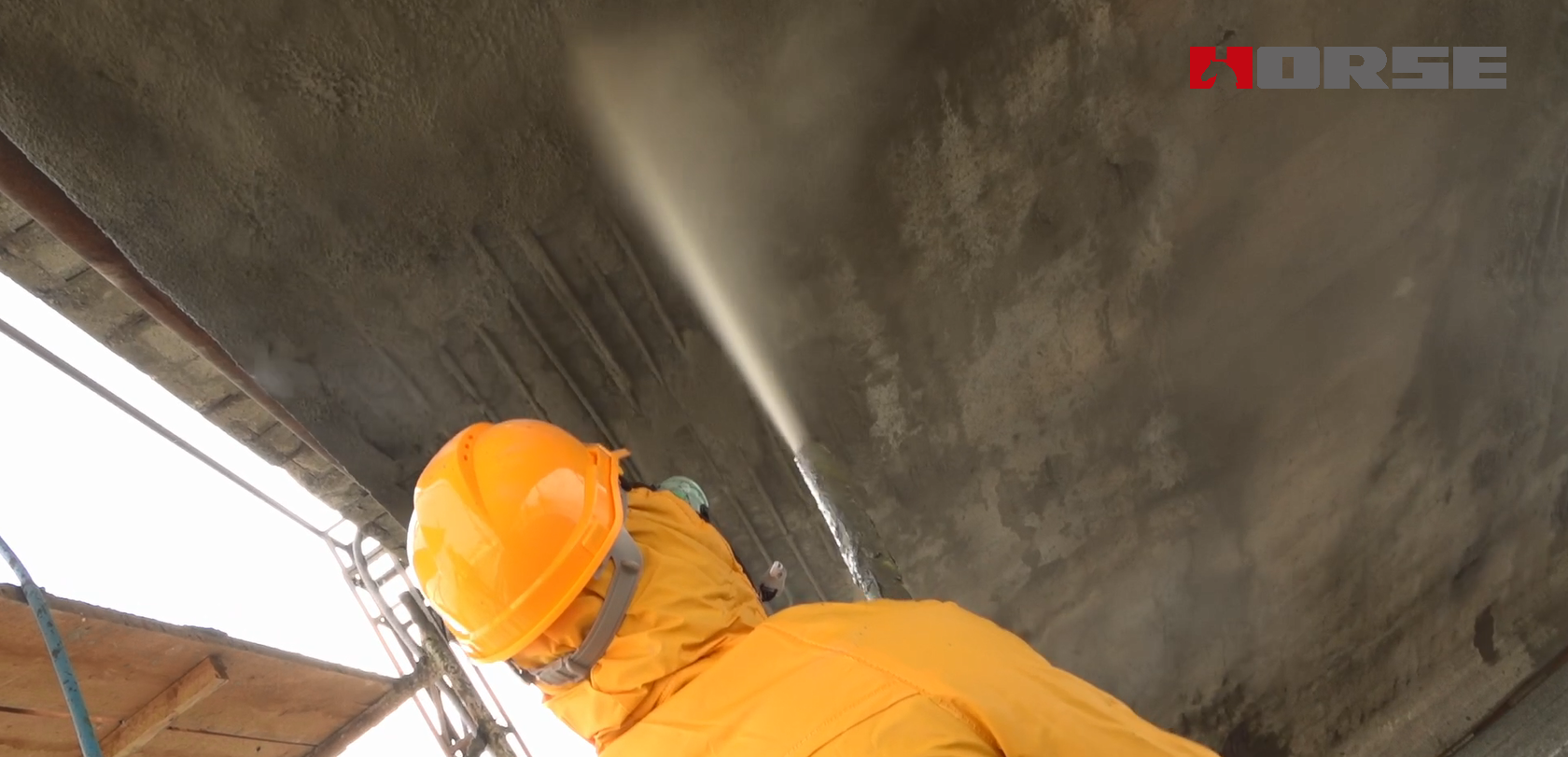
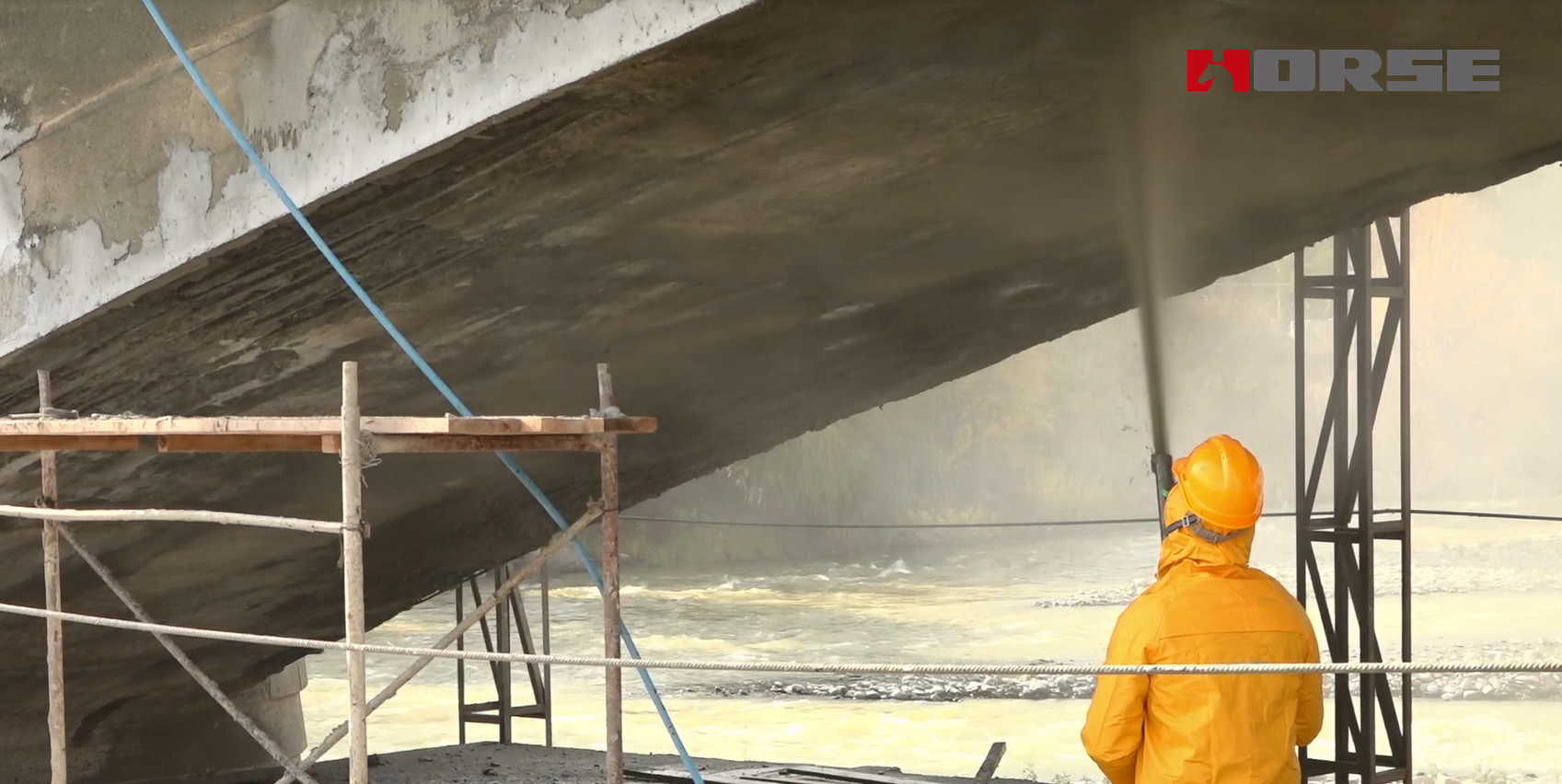
High pressure rotary jet grouting reinforcement method
High pressure rotary jet grouting refers to the use of a drilling rig to drill a grouting pipe with a nozzle into a predetermined position in the soil layer, rotate it, and lift it at a certain speed. At the same time, the slurry or water is ejected from the nozzle in the form of high-pressure flow, impacting and damaging the soil. The high-pressure flow cuts and crushes the soil layer, causing it to disperse in granular form. Part of it is carried out of the borehole by the slurry and water, while the other part is mixed with the slurry. As the slurry solidifies, it forms a consolidated body with certain strength and impermeability, which is a reinforcement method for the foundation. The rotary jet grouting reinforcement method has a wide range of uses, good results, low cost, obvious reinforcement effect, and convenient construction.
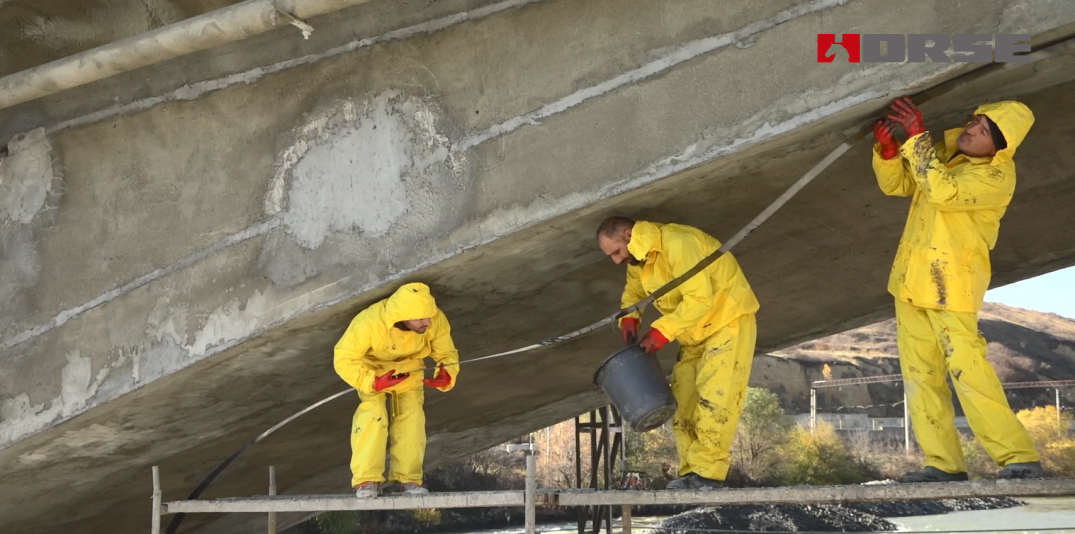
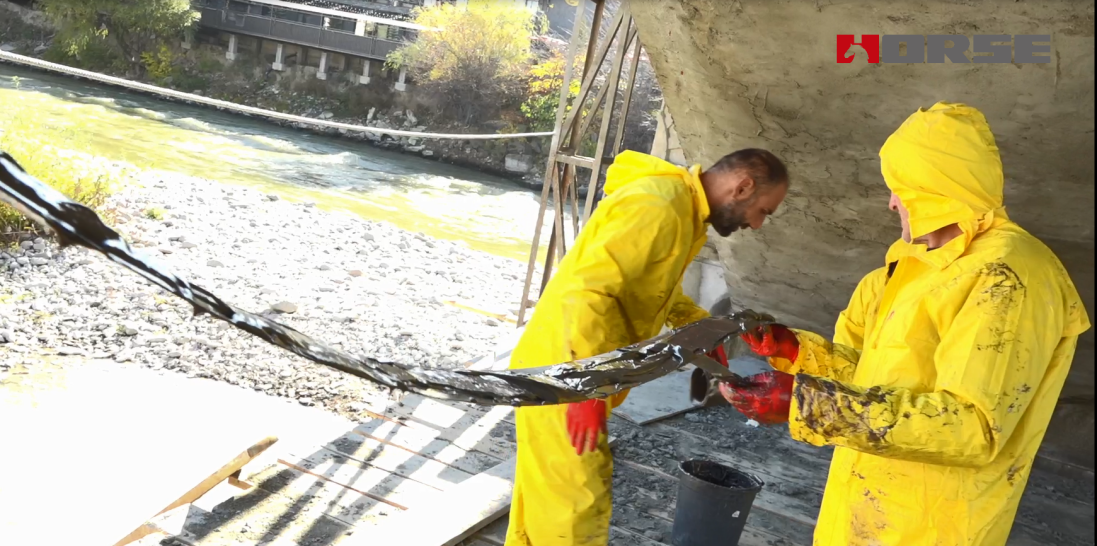
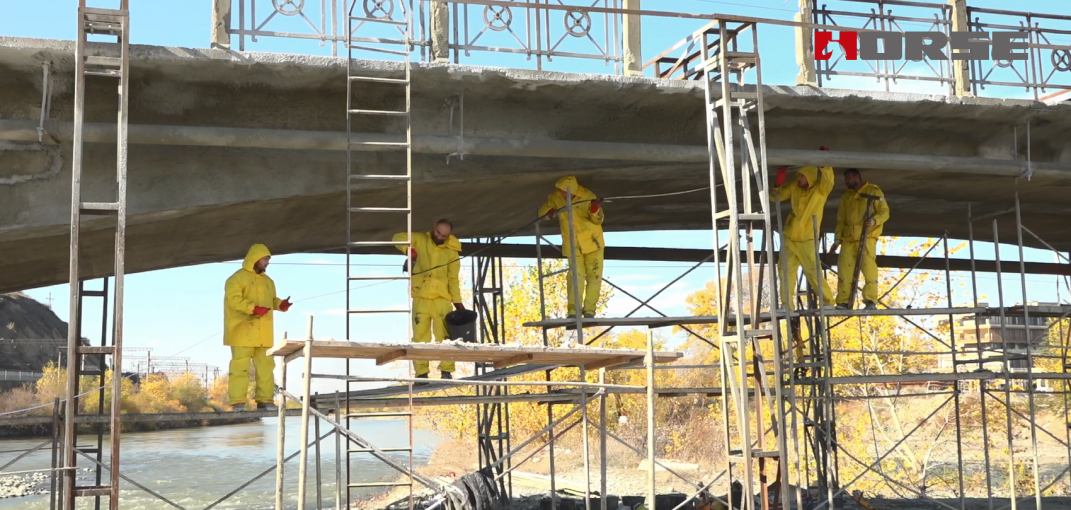
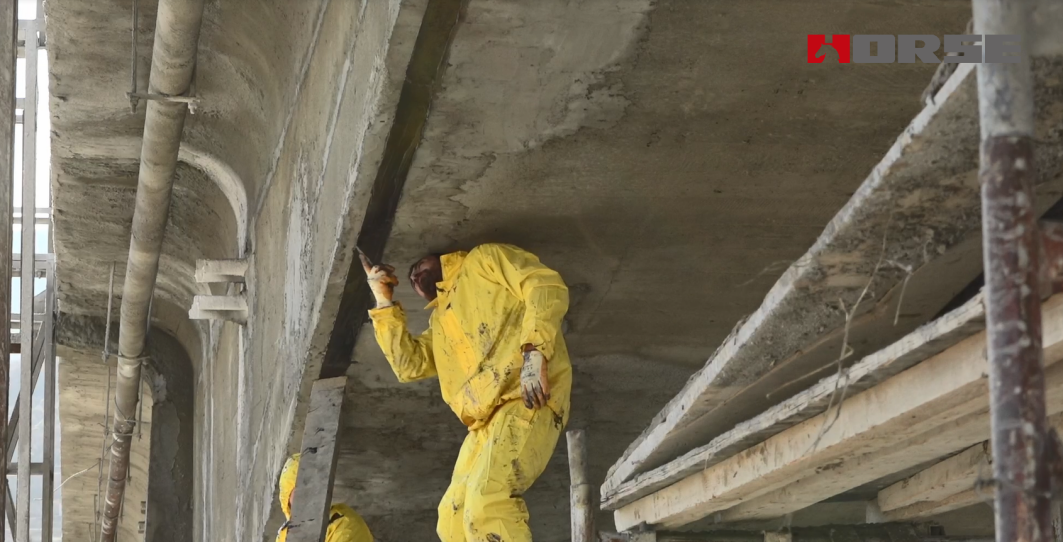
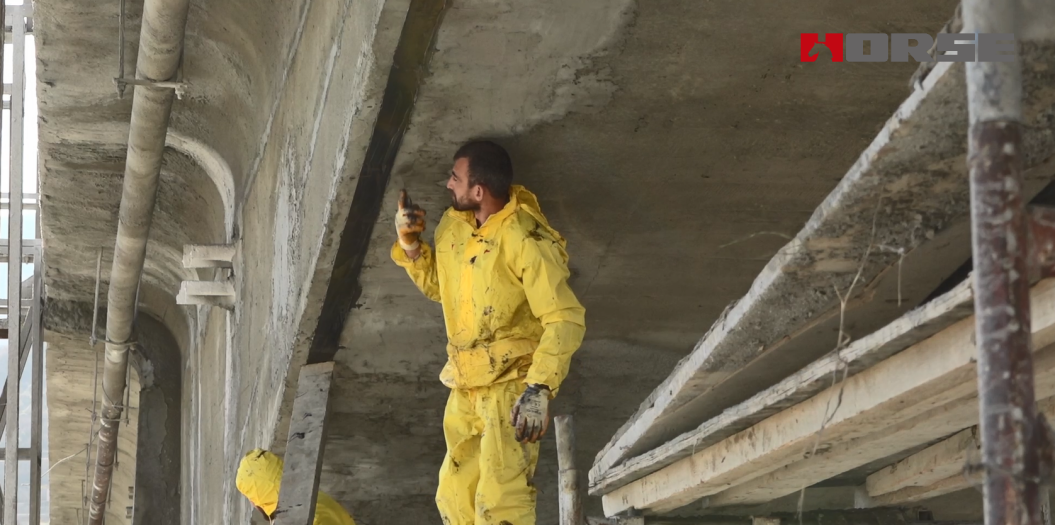
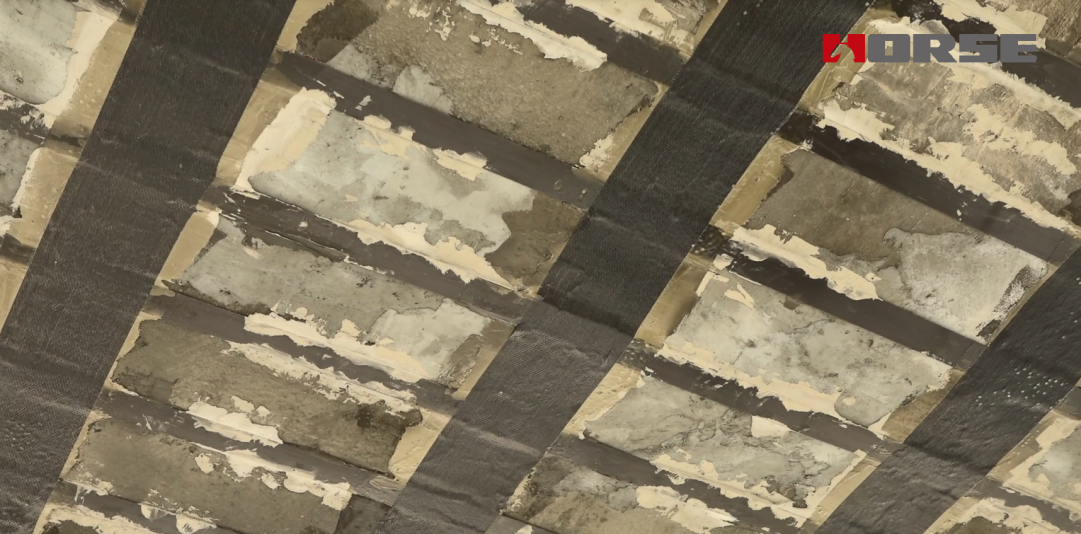
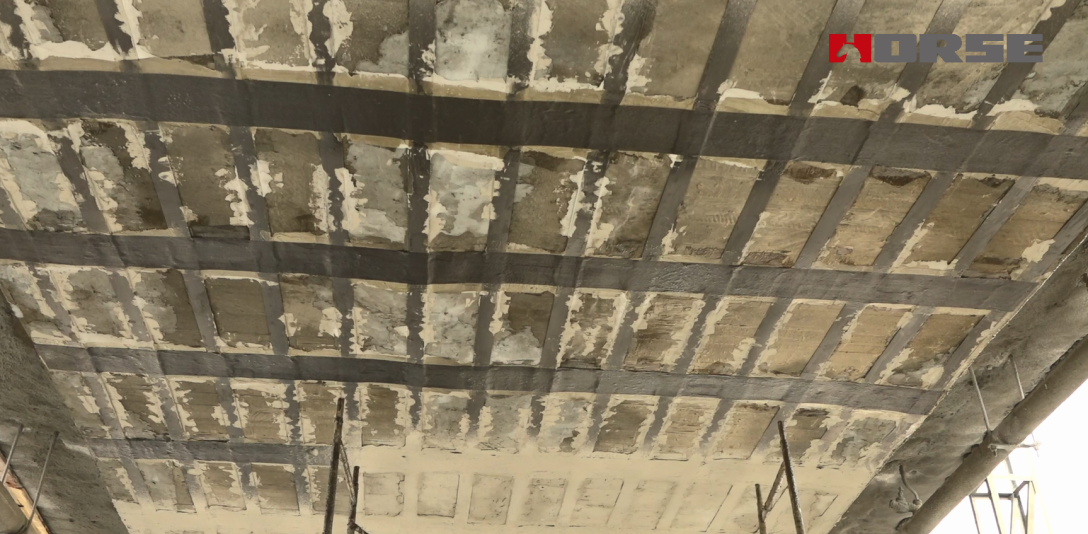
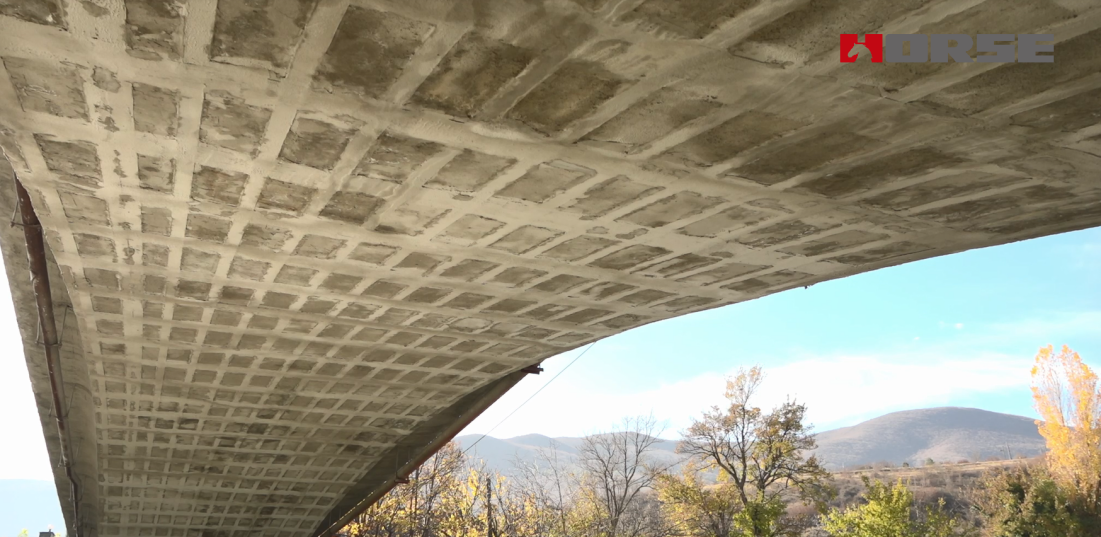
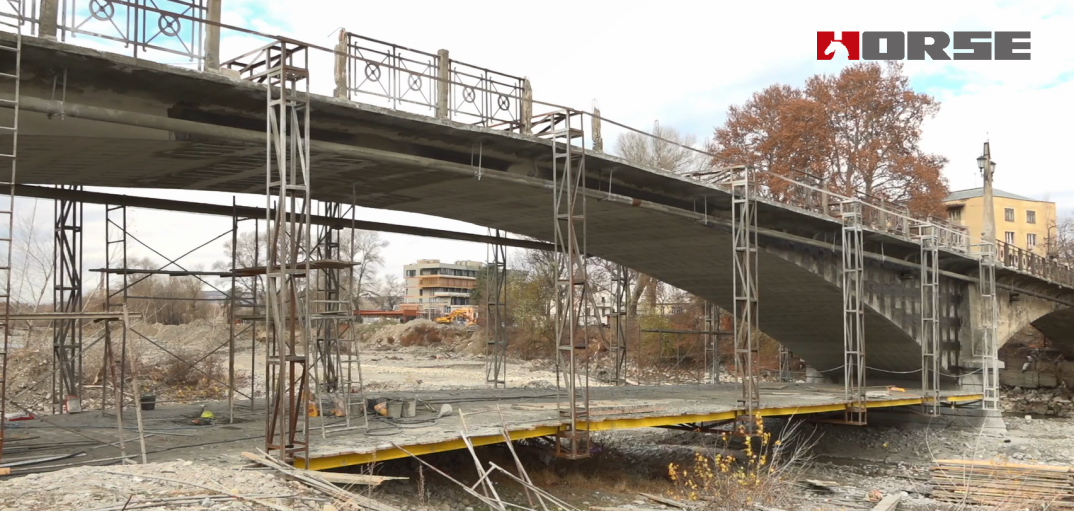
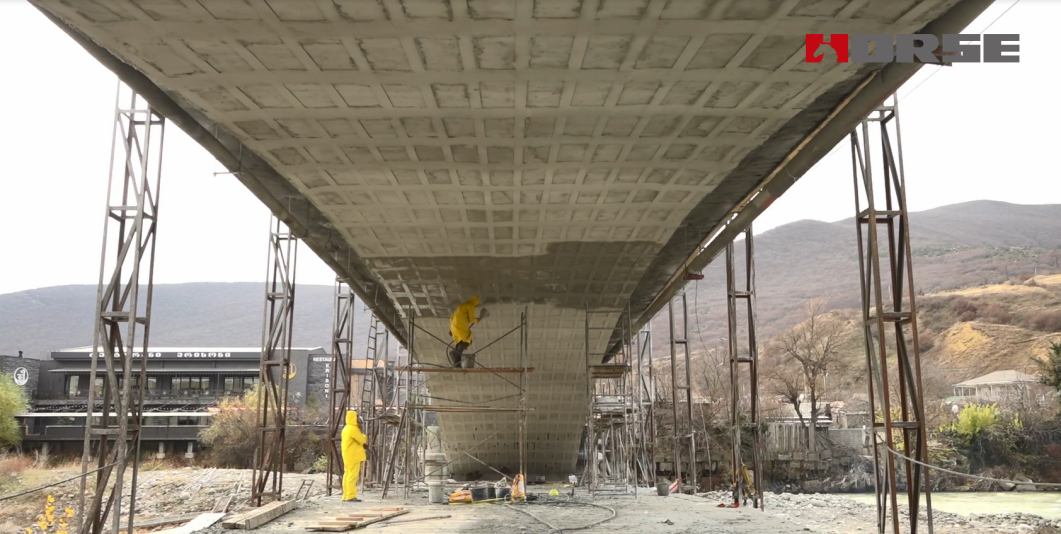
Carbon fiber plate reinforcement method
The carbon fiber reinforcement technology refers to the use of high-performance adhesives to attach carbon fiber cloth to the surface of building structures. When the structural load increases, the two work together to improve the bearing capacity of the components, thereby achieving the purpose of reinforcement and reinforcement. The mechanical characteristics of fiber composite materials are that their stress-strain variables are completely linear elastic, and there is no yield point or plastic zone. Due to its excellent physical and mechanical properties such as high strength, lightweight, corrosion resistance, and fatigue resistance, as well as its advantages such as fast construction speed, short construction period, and easy assurance of bonding quality, carbon fiber is an ideal material for strengthening old bridges.
Conclusion: Any bridge, from the time of delivery and operation, carries a certain degree of disease. If left untreated, the disease will become increasingly serious and ultimately endanger the safety of the bridge. It is necessary to carry out maintenance and treatment for bridge diseases, but more importantly, to prevent the occurrence of diseases from design and construction, and to reduce the maintenance costs in the later stage.